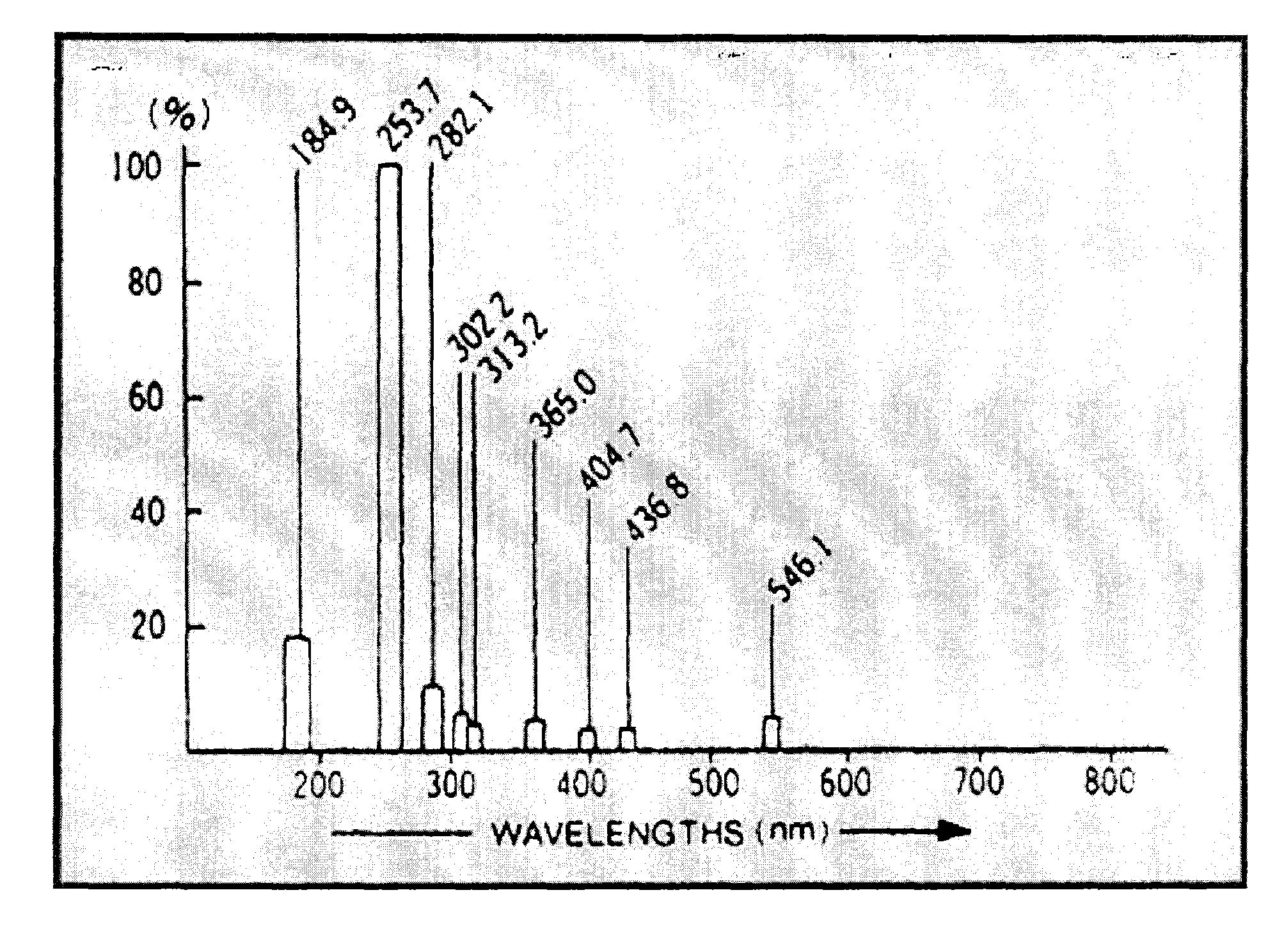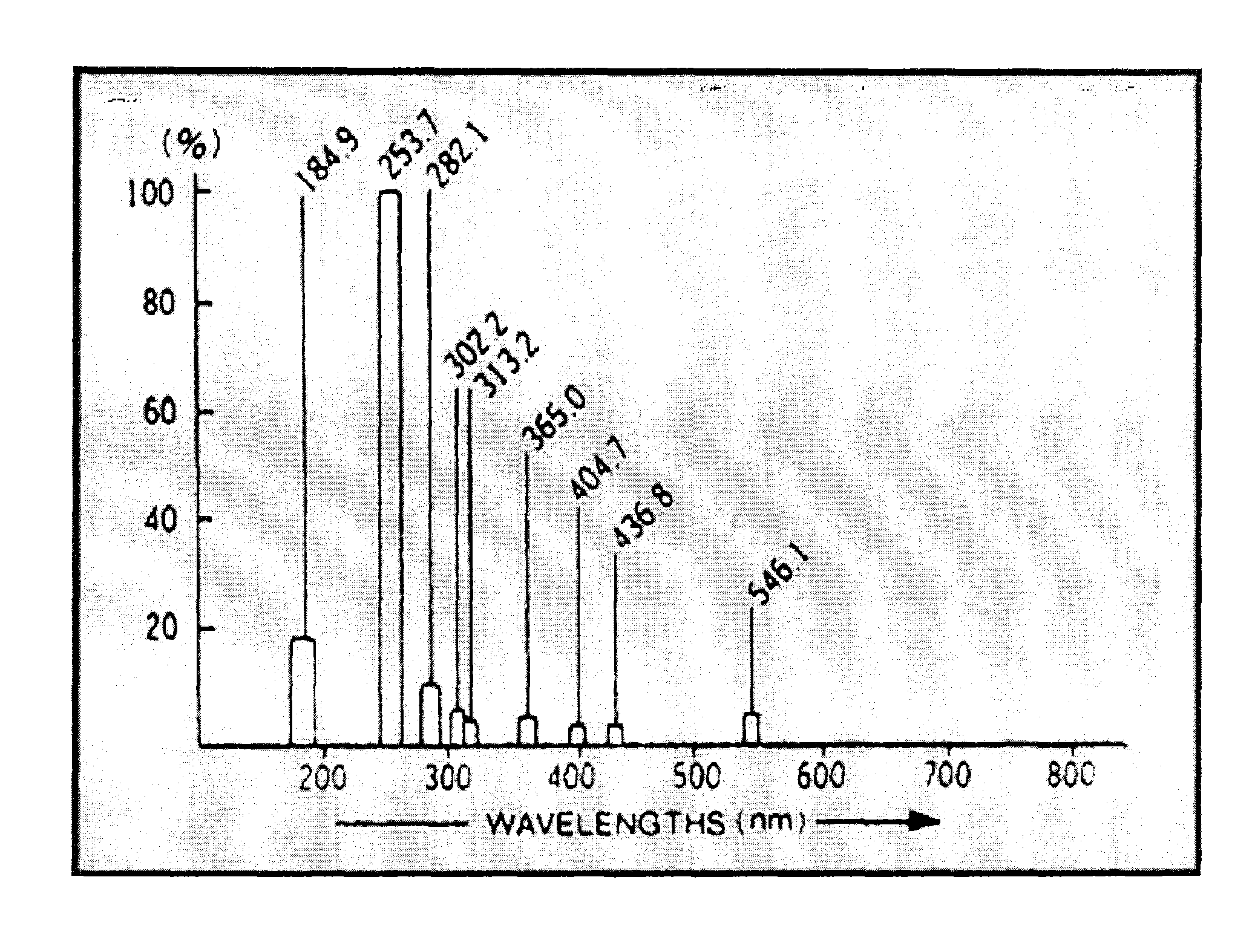Process for producing indium oxide-containing layers
a technology of indium oxide and containing layers, which is applied in the direction of liquid/solution decomposition chemical coatings, coatings, electrical devices, etc., can solve the problems of reduced quality of halogen-containing layers, inability to produce fine structures, and high cost and inconvenience of the process described in the documen
- Summary
- Abstract
- Description
- Claims
- Application Information
AI Technical Summary
Problems solved by technology
Method used
Image
Examples
examples
Inventive Example
Indium Chlorine Alkoxide as Precursor
[0080]100 μl of a 1.0% by weight solution of InCl(OMe)2 in ethanol were applied to a doped silicon substrate having an edge length of approximately 15 mm, with a silicon oxide coating around 200 nm thick and with finger patterns made of ITO / gold. This is followed by spin coating at 2000 rpm (5 seconds). Directly after this coating procedure, the coated substrate is irradiated for 5 minutes with UV radiation from a mercury vapour lamp (illuminant GLF-100, Jelight 144AX-220, quartz glass, Jelight) in the wavelength range of 150-300 nm. The substrate is then heated for an hour on a hotplate at a temperature of 350° C. Following conversion, a field-effect mobility μFET value of 8.5 cm2 / Vs can be determined in a glove box.
Comparative Example
Indium Alkoxide as Precursor
[0081]100 μl of a 1.0% by weight solution of In(OiPr)3 in ethanol were applied to a doped silicon substrate having an edge length of approximately 15 mm, with a silicon ...
PUM
| Property | Measurement | Unit |
|---|---|---|
| temperature | aaaaa | aaaaa |
| temperature | aaaaa | aaaaa |
| source-drain voltage | aaaaa | aaaaa |
Abstract
Description
Claims
Application Information
 Login to view more
Login to view more - R&D Engineer
- R&D Manager
- IP Professional
- Industry Leading Data Capabilities
- Powerful AI technology
- Patent DNA Extraction
Browse by: Latest US Patents, China's latest patents, Technical Efficacy Thesaurus, Application Domain, Technology Topic.
© 2024 PatSnap. All rights reserved.Legal|Privacy policy|Modern Slavery Act Transparency Statement|Sitemap


